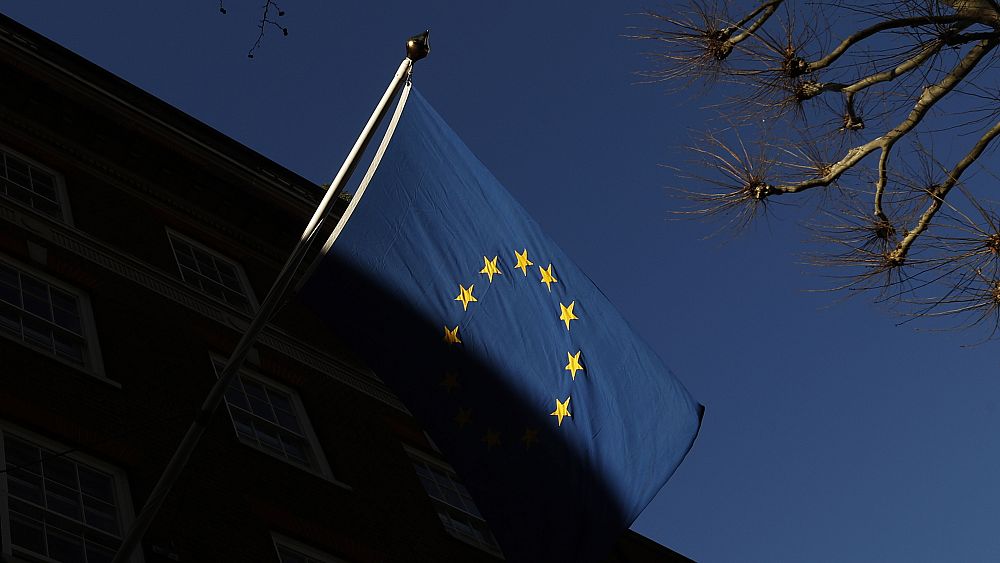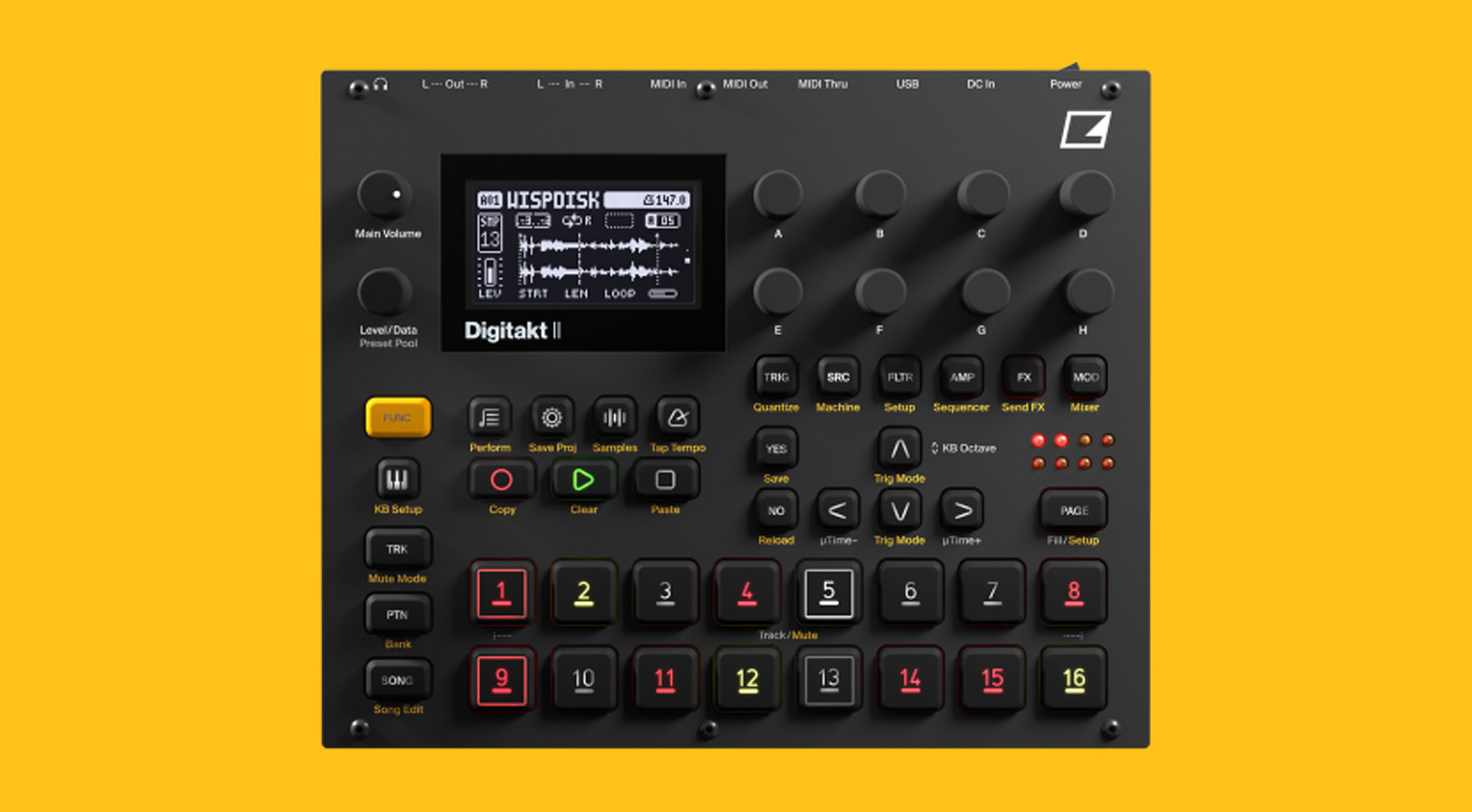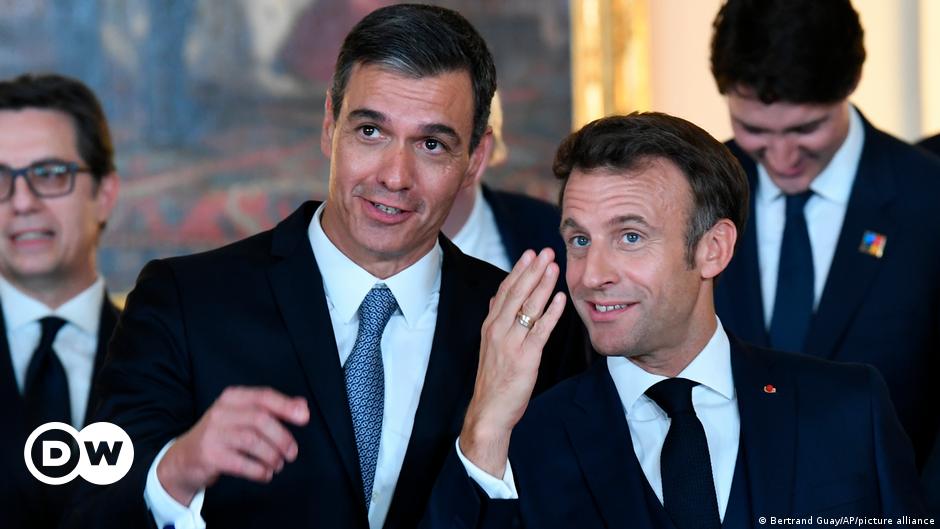Advanced Data Protection Control (ADPC)
This document is licensed under a Creative Commons Attribution 4.0 International Public License (CC-BY).
This specification defines a mechanism for expressing user decisions about personal data processing under the European Union’s data protection regulations, and similar regulations outside the EU. The mechanism functions through the exchange of HTTP headers between the user agent and the web server, or through an equivalent JavaScript interface.
The mechanism serves as an automated means for users to give or refuse consent, to withdraw any consent already given, as well as to object to processing. The mechanism provides an alternative to existing non-automated consent management approaches (e.g. ‘cookie banners’) and aims to reduce the efforts of the different parties involved regarding the protection of users’ privacy.
Legal frameworks such as the European Union’s General Data Protection Regulation (GDPR) and ePrivacy Directive define rights and obligations around the processing of personal data. The starting position of the GDPR is that processing of personal data is only lawful if it has an appropriate legal basis; one basis being that “the data subject has given consent to the processing of his or her personal data for one or more specific purposes” (point (a) of Article 6(1) GDPR). Similarly, the ePrivacy Directive (in Article 5(3)) requires the user’s consent when any data is stored on or retrieved from terminal equipment beyond what is strictly necessary. Moreover, when a data controller relies on legitimate interest as the legal basis for direct marketing, the user has an absolute right to object under Article 21(2) GDPR.





















